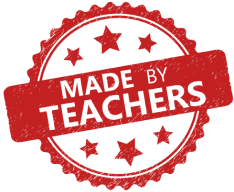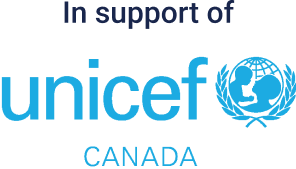How to Collect Trustworthy Information: The TRAAP Test (4-7)
This is the grade 4-7 (ages 9-12) version of this lesson. There are also grade 8-9 (ages 13-14) and grade 10+ (ages 15-18) versions on the site.
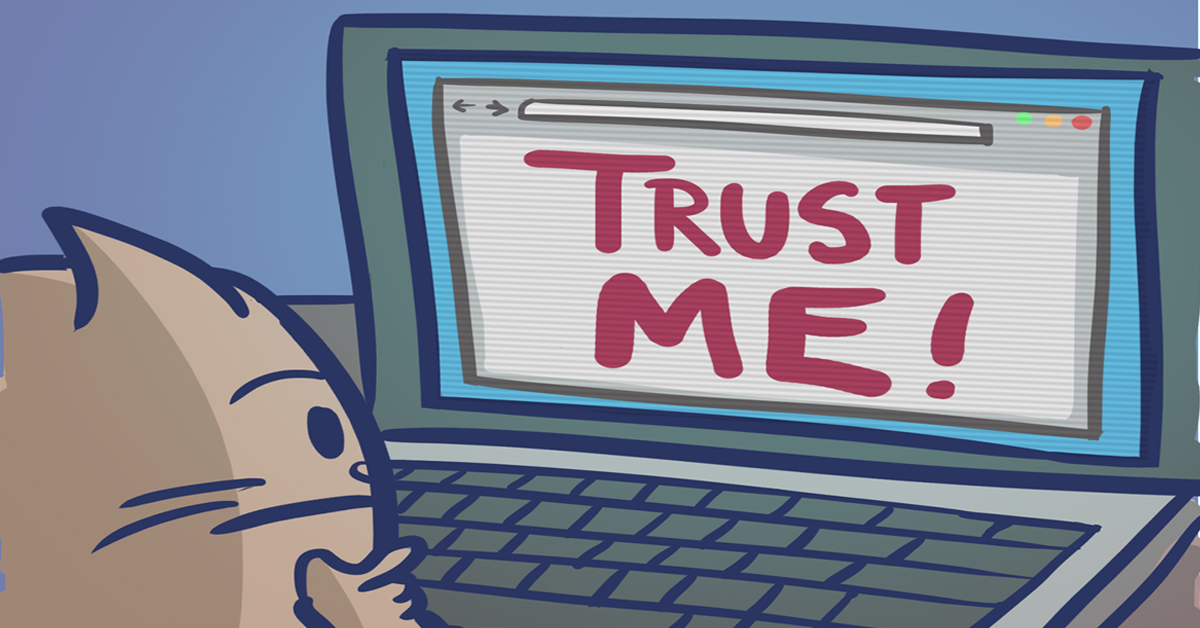
Here is vocabulary for this lesson.
- Timely
-
Timely
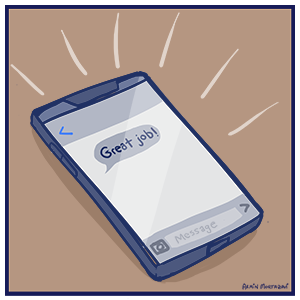
Sound out the word.
tym-lee
Timely means to do something at the appropriate time.
When looking for information it is good to look at when something was written or made.Example
Let’s imagine that you are trying to learn about smartphones. A book about phones from the 1990s would not be timely. This is because smartphones were invented in the 2000s!
GOOD LEARNING! On to the next one.
- Relevance
-
Relevance
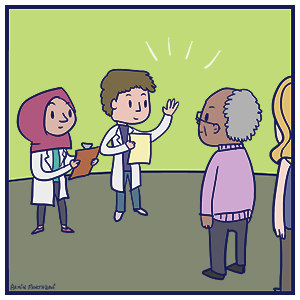
Sound out the word.
reh-luh-vuhnz
Relevance means finding information on the topic you are studying.
There has to be a clear connection between what you are looking for and what you find.Example
If you are looking for information about clouds, you should research “clouds”. You would not look at information on dogs if you were researching clouds.
GOOD LEARNING! On to the next one.
- Accuracy
-
Accuracy
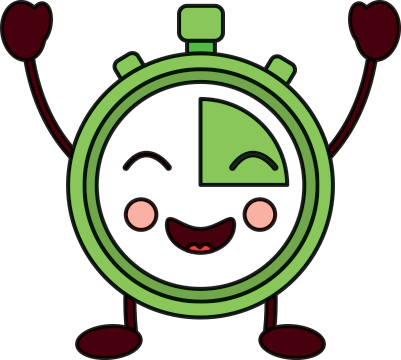
Sound out the word.
ak-yoo-rah-see
When we say something is accurate, it means it is correct or precise.
If you are researching how long it takes to do something, it is not accurate to just count in your head. It is more accurate to use a watch or a chronometer.
GOOD LEARNING! On to the next one.
- Author
-
Author

Sound out the word.
aw-thuh
An author is the person who creates or writes something.
When you borrow a book from the library there is always a cover with the name of who wrote the book. Also when searching online you need to look for who created the information.It is important to know who wrote something and to check that the author is an expert on a topic.

GOOD LEARNING! On to the next one.
- Purpose
-
Purpose
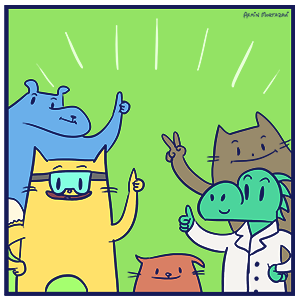
Sound out the word.
puhr-puhsPurpose means the reason why something is done or created. It can also be the reason why something was invented or is being used.
Example
For the purpose of travelling faster, humans invented trains, planes, and cars to travel from one place to the next faster.Some things have an educational purpose. They are created to teach others about a topic.

GOOD LEARNING!
![]() If you'd like to have someone read this lesson for you, click play below.
If you'd like to have someone read this lesson for you, click play below.
You learned in the last lesson that it can be hard to know if a story is true or not. This is the case for adults, too. We need a good way to tell truth from fiction! In this lesson, we will focus on one way: collecting information.
One way to check if something is true is to find more information on the topic. But we need to make sure that we can trust the information we find. It can be hard to tell the difference between real information and fake information. You don’t want to believe any wrong information!
The TRAAP checklist is one of the ways that you can check if information is correct. It helps you figure out if you can trust the information. Each letter in TRAAP stands for something to look for in good information.
T - Timeliness
Is the information current? Is it up-to-date?
Find out when the information was made. This is important because knowledge can change over time. Old information might be out-of-date and wrong.
Example
Did you know that when cars were invented, they didn’t have seatbelts? If you were looking for information about car safety, you would want information that includes seatbelts.
So information from old articles is not timely. It is important to know the right information for today.

R - Relevance
Is the information on the topic you are studying?
If you are researching how to grow a garden, you might find an article about how to make a great salad. This article would not show you how to grow a garden though! Make sure that the information you find helps you answer your question on the topic.

A - Accuracy
Does the information tell the truth?
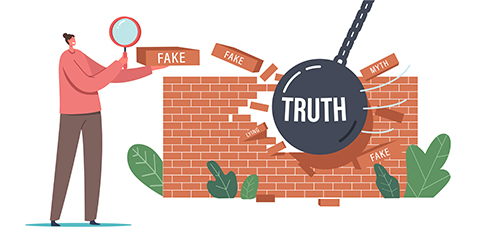
Sometimes It's hard to know if information about that topic is true. Anyone on the internet can make up information about anything. Here are a few things to help us know if what we are reading is wrong (fake).
Look for information that is consistent with other sources.
- If you find a website or article that has very different information from everyone else, be careful. Ask yourself why this person disagrees with everyone else. Which is more likely: that this one person is right and everyone else is wrong? Or that everyone else is right and this one person is wrong?
- Check if the website or article has listed its sources. If no sources are listed, you should be very careful. This person might be making up information.
A - Author
Who wrote or recorded the information?

Check which person, group, or organization created the information. Are they an expert in the topic area? If not, do they talk to, quote, or refer to experts in that field? You need to make sure that whoever created the article, podcast, video, or website knows what they are talking about.
P - Purpose
Why was the information created?
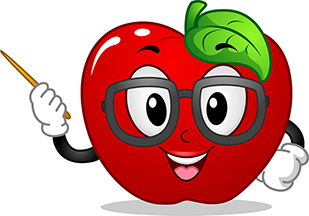
It’s important to think about why a piece of information was created. Is the information trying to sell you something? Is it trying to get you to do something? Opinions differ from person to person. Whatever you read, look for supported facts.
The purpose of some information is to educate. The information on Kids Boost Immunity is there to educate too!

Let’s check how the TRAAP test works on the pencil lead stories
Now let’s use the TRAAP test on the stories about pencils that you read earlier.
How could you have figured out that these stories were false? Let’s go through the checklist.
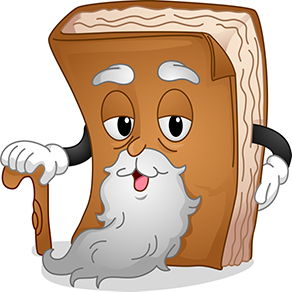
Timeliness: There were no dates on the stories. Maybe they were written 200 years ago!

Relevance: In this case, you were probably not looking for information on the dangers of pencils.

Accuracy: None of the stories provided any facts, just personal experiences. So we do not know if they are accurate. Sometimes people try to convince you by writing with emotion. Perhaps these stories made you feel scared, sad or angry. But remember, it’s easy for anyone to make up a story!

Author: The authors of the stories were not named, so anybody could have written them. Also, notice that the stories were not written by doctors or scientists. We always know that information made by experts is the most trustworthy.
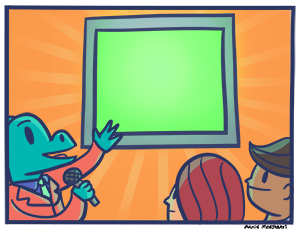
Purpose: The purpose of these stories wasn’t clear. To understand their purpose, you need to look deeper into who wrote or shared them.
For example, imagine a person who makes pens for a living and wants everyone to use pens instead of pencils. This person might make up stories about how bad pencils are, to sell more pens! They want to make money.
It’s important to ask how the information could help the person who is creating or sharing it.
Also, ask if the person might want to give the wrong information on purpose. It does happen sometimes. That's why you need to check the information for yourself.
All lessons & quizzes are free!
This was just one of the lessons in our Critical Thinking section. There are over 500 lessons on Kids Boost Immunity just like this one on a variety of subjects. Each lesson includes a quiz and every time a student scores 80% or higher on a quiz, we will donate life-saving vaccines to UNICEF Canada. Sign up now!

